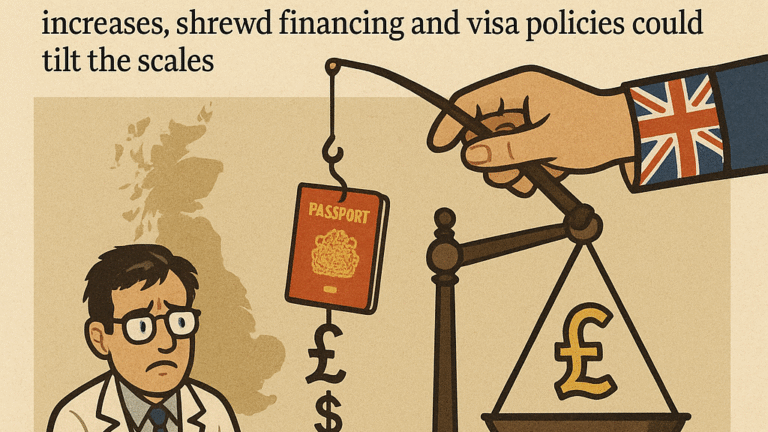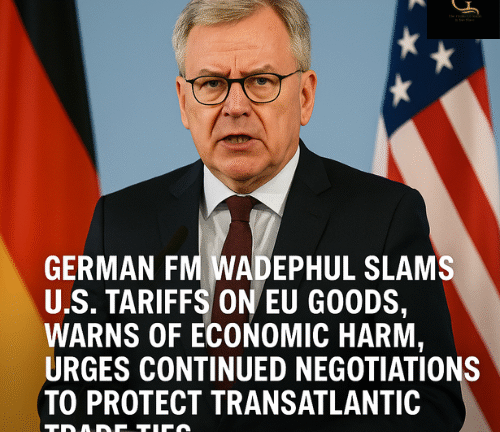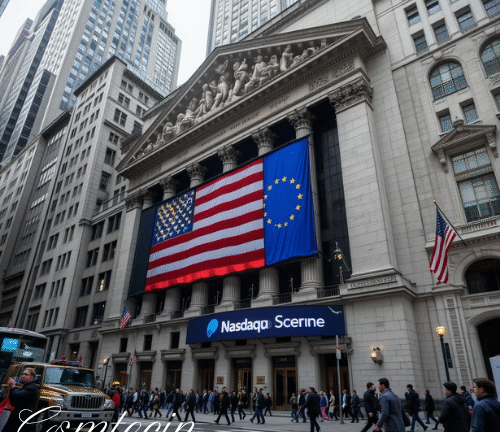Analysis: As ore and steel prices decline, Tata Steel and SAIL face a squeeze on their margins
The steep drop in the price of iron ore and finished steel is putting pressure on the margins of Tata Steel and Steel Authority of India Ltd (SAIL), one of India’s leading integrated steel makers. Manufacturers are in a peculiar position because of their captive mining activities, which are suddenly turning out to be a problem, even if declining raw material costs could normally benefit them.
Important Factors Affecting Margin Decline
Declining Iron Ore Prices: Due to sluggish global demand, particularly from China, and improving supply from major exporters like Australia and Brazil, iron ore prices have fallen to multi-month lows (around $95 to $100/tonne). Indian ore prices have also been declining. As a result, NMDC has lowered domestic ore pricing.
Tata Steel and SAIL: mine their own coal and iron ore, creating a captive mine cost paradox. When ore prices are high, this benefits them by enabling them to realise higher margins than their peers who are not integrated. However, operating profit margins are reduced when ore prices decline because captive ore’s accounting value decreases while extraction costs stay the same.
Weaker Steel Prices: The price of hot-rolled coil in India has decreased by 5% from its peak in April to ₹50,700/tonne, while the price of rebar has fallen by an even more drastic 13%. Realisation is being harmed by this, particularly for SAIL, which is more exposed to lengthy items. India has become a net importer of steel as a result of low-cost Chinese imports that are 5–10% lower than domestic costs.
Players who are integrated versus those who are not
Non-integrated companies like JSW Steel and Jindal Steel & Power (JSPL), who depend more on iron ore sourced from the market, are comparatively doing better than Tata Steel and SAIL, whose historical edge is being eroded. They are able to maintain margins due to lower raw material costs. In the current negative price environment, analysts from BigMint, Yes Securities, and Kotak concur that non-integrated businesses are in a better position.
It’s interesting to note that, despite JSW and JSPL catching up, Tata Steel still had the highest EBITDA per tonne in FY25 (₹15,126/tonne).
Export Marketplaces and Policy Initiatives
Additionally, the lacklustre global demand and impending CBAM restrictions are hurting export markets. In order to protect indigenous producers, particularly flat steel, the government slapped 12% protection taxes after India’s steel exports fell to a decade-low of 5 million tonnes while imports increased.
Although extended ore weakness could negatively impact royalties and mine auction enthusiasm, the Ministry of Steel is nevertheless keeping an eye on ore pricing and auction policy.
In conclusion
SAIL and Tata Steel are in a difficult situation. During a downturn, their strength—captive resources—becomes a burden on profits. EBITDA compression may persist for integrated companies, particularly into H1 FY26, unless steel prices rebound or input costs further adjust. Conversely, customers in the construction and automotive industries stand to gain from decreased steel prices in the near future.




